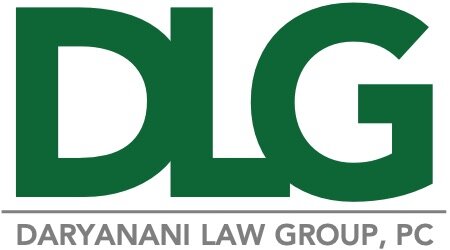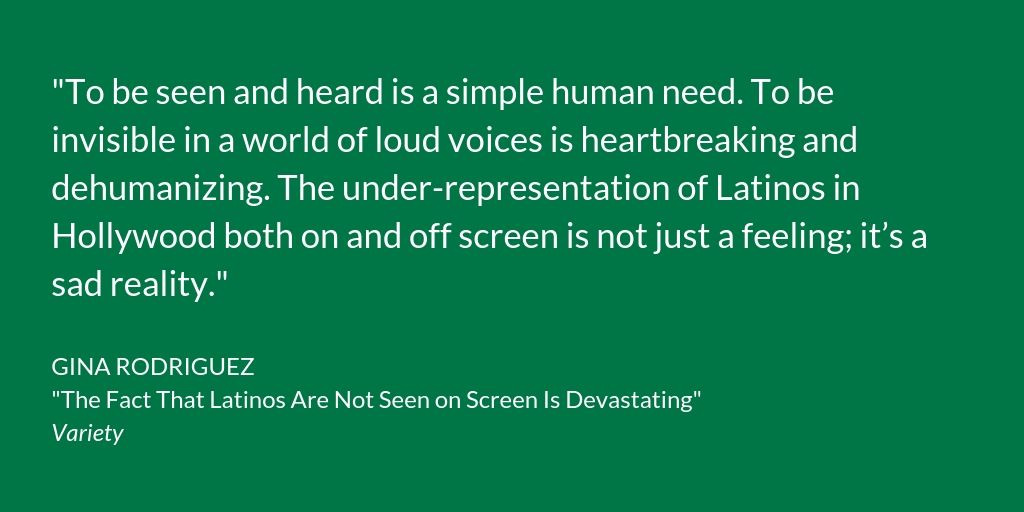Standing at almost 25 feet tall, Jaume Plensa’s monumental sculpture Behind the Walls is currently on public display in the iconic Plaza of New York’s Rockefeller Center. Plensa is one of 14 internationally famous artists contributing their artwork to the inaugural Frieze Sculpture, a major public art initiative. Though Plensa hails from Spain, his many public artworks have been featured in various cities around the world such as Chicago and London. In regards to his sculpture, Plensa says, “Sometimes, our hands are the biggest walls. They can cover our eyes, and we can blind ourselves to so much of what’s happening around us… To me, it’s an obsession to create a beautiful object with a message inside.” The sculpture encourages its viewers to reflect on their own perspectives and actions as they relate to the world around them. Behind the Walls, along with the other public sculptures, will remain at Rockefeller Center until June 28, 2019.
Behind The Walls
The Atlantic: This Is Exactly What Privacy Experts Said Would Happen
According to a statement that the US Customs and Border Protection (CBP) agency released last week, photos of travelers and their vehicle license plates snapped at a US border control point have been hacked. In an email statement to journalists, CBP confirmed that an undisclosed subcontractor transferred copies of license plates and travelers’ photos from federal servers to its own company network without CPB’s authorization. CBP reports that its own servers were unharmed by any cyber attack.
Read moreClosed Country
5 of the Most Important Federal Agencies Involved with US Immigration
We have previously written about the abundance of acronyms that are used by US immigration attorneys. At our office, some of those acronyms we use most frequently include: USCIS, CBP, DHS, DOS, and DOL, all of which happen to be five of the most important federal agencies involved in US immigration. (Immigration & Customs Enforcement—i.e., ICE—also has a large impact on some US immigrants, but our firm does not often work with this agency.) In this post, we provide a brief introduction to five of the federal agencies we work with most often, explain their areas of oversight, and how they are related.
Read moreThe Garden Court at The Frick Collection
The Frick Collection houses a number of distinguished European sculptures and paintings in the former residence of Henry Clay Frick (1849-1919) on the Upper East Side. After browsing the Frick’s impressive galleries, visitors often like to enjoy the Garden Court and sit by the fountain. John Russell Pope drew inspiration for the design of this serene space from similar courts in Washington, D.C. in the mid-1930s, when the Frick was being converted from a residential space to a public museum. The museum’s special exhibitions currently include: Elective Affinities: Edmund de Waal at The Frick Collection, Whistler as Printmaker: Highlights from the Gertrude Kosovsky Collection, and Tiepolo in Milan: The Lost Frescoes of Palazzo Archinto.
The New York Times: “U.S. Requiring Social Media Information From Visa Applicants”
A State Department policy effective May 31, 2019, now requires visa applicants to the United States to submit information about social media accounts they have used in the past five years. The account information requested would give the government access to photos, locations, dates of birth, dates of milestones, and other personal data commonly shared on social media.
Read moreWhat Parts of Themselves Did They Leave Behind?
Brick House
Brick House by Simone Leigh is the inaugural commission for the High Line’s new series of a rotating selection of new monumental, contemporary art at the recently opened Plinth section of the park. Located off 30th Street and 10th Avenue, the sixteen-foot-tall bronze sculpture depicts a woman whose skirt is reminiscent of the clay house architecture of the Mousgoum people of Chad and Cameroon and the sculpture draws from the Batammaliba architect culture of the people of Benin and Togo. As to its placement on the High Line, Leigh tells the New York Times: “I thought: ‘What better place to put a Black female figure?’ Not in defiance of the space, exactly, but to have a different idea of beauty there.”
USCIS Will Reject I-129 Petitions Without Petitioner’s or Applicant’s Primary US Office Address
Effective August 5, 2019, USCIS will begin rejecting Form I-129, Petition for a Nonimmigrant Worker, petitions that do not include the petitioner’s or applicant’s name and primary US office address in Part 1 of Form I-129. Currently, USCIS rejects Form I-129 for several reasons which may include lack of signature, incorrect fees, or unauthorized third party signing on behalf of the petitioner. USCIS notes: “DHS regulations require every form to be submitted in accordance with the form instructions, and allow USCIS to reject any benefit request that is not filed in compliance with the regulations governing the specific benefit request.”
Read more





